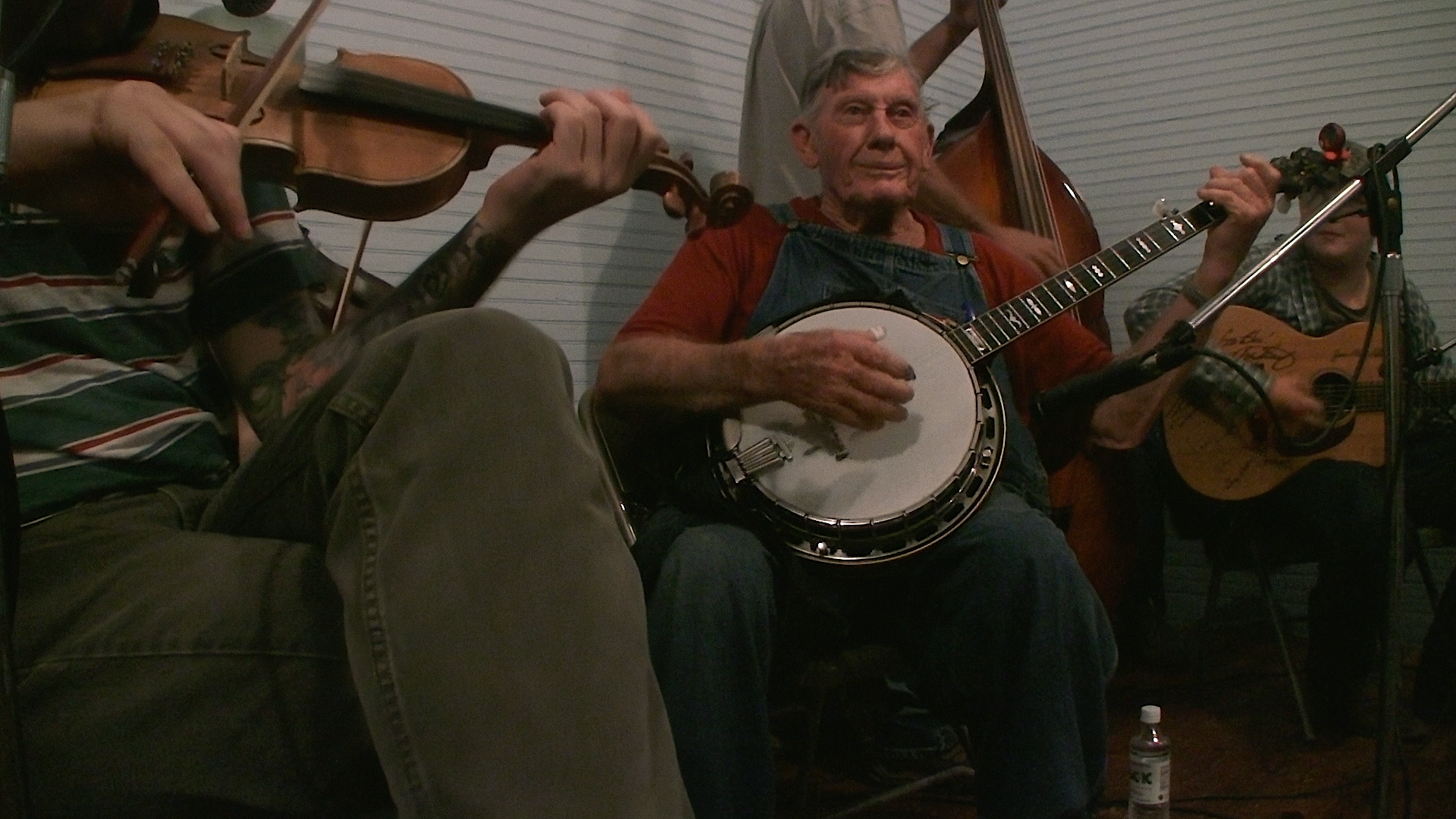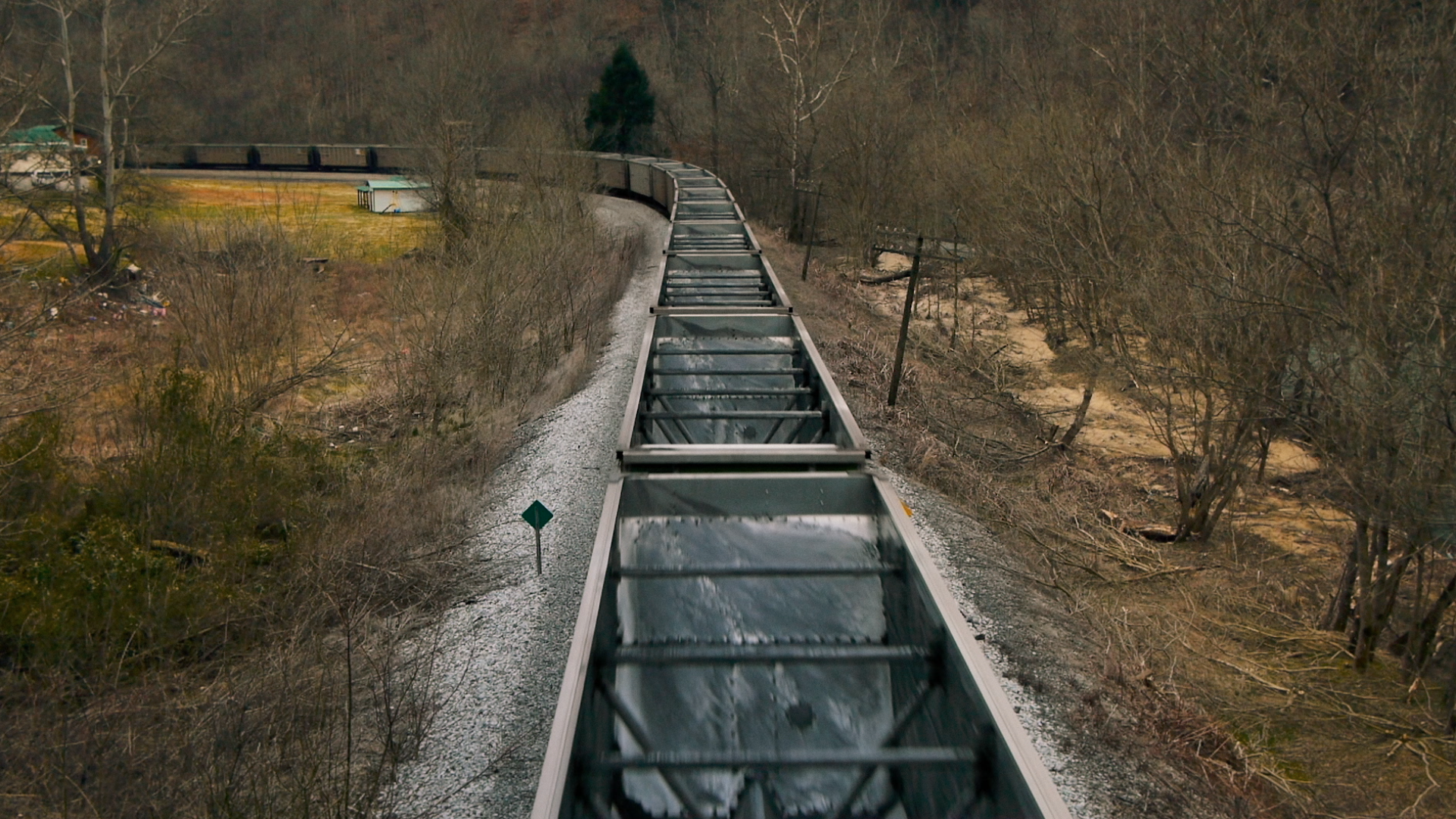Synopsis
An immersive meditation on the passage of time and the persistent resonance of place, Linefork follows the daily rituals of an elderly couple living in Kentucky's Appalachian Mountains. Now well into his eighties, Lee Sexton is the last living link to the distant past of a regional American music. A retired coal miner with black lung, Lee and his wife, Opal, continue to farm the land where he was born. Together they face encroaching health concerns and stark economic realities. Recorded over three years, Linefork is an observational film documenting their marriage, their community, their resilience, and the raw yet delicate music of an unheralded banjo legend, linked to the past yet immediately present.
“I genuinely love the film and appreciate the way that you represented my grandparents. I've heard nothing but positive feedback. Many regional filmmakers and organizers have been asking for my opinion lately and I've given it my wholehearted endorsement. It's my experience as a former youth filmmaker and media producer that cultural sensitivity is the cornerstone of all storytelling and I appreciate the care that you took to tell their story right. I'm especially pleased that Granny Opal has finally had a bit of light shone on her support of Papaw over the years. They are amazing and have a beautiful love story like no other. Johnny Cash and June Carter have nothing on them!”
— Stacie Sexton
“Sixty-seven coal cars. Linefork unfolds in a mind-numbing sequence of 67 railroad coal cars clattering down the track hauling Kentucky’s strip-mined coal out of the Appalachian mountains. That opening scene plays out for frozen minutes that could represent one of the most repetitive and boring cinematic preludes ever screened—and yet is actually one of the most effective film openings imaginable. The viewer is magically lulled and lured into the time sense of Letcher County, Kentucky, a quotidian pace far removed from the headlong rush of twenty-first century life. The cinematography sings of truth; a narrative of community strung along the banks of Line Fork, a meandering branch of the North Fork of the Kentucky River that winds past the ancient Lilley Cornett Woods to the high mountains of Kingdom Come.
Coal miner and banjo master, Lee “Boy” Sexton and his wife Opal Sexton are the lens through which this story is revealed. The relationship of land and people bound together by tradition and culture is documented in the intensely intimate portrait of daily life lived at the homeplace, in the garden and kitchen, and among neighbors. The soundtrack unflinchingly presents the contrasts of exquisite moments of banjo against a blaring television set, of discordant conversation against sylvan solitude. The unblinking eye of the camera records the seemingly insignificant details of life in a special way that elevates the inconsequential to the sublime. Linefork is art that eschews art in favor of hyper reality.
This film engagingly navigates that fine line between perpetuating destructive hillbilly and poverty stereotypes, and exploding those stereotypes by focusing on a deeply personal story of a very special couple. Lee and Opal Sexton are Line Fork.”
Ron Pen
Professor Emeritus
Director Emeritus, John Jacob Niles Center for American Music
University of Kentucky - Lexington
February 14, 2018
Clark County, KY



